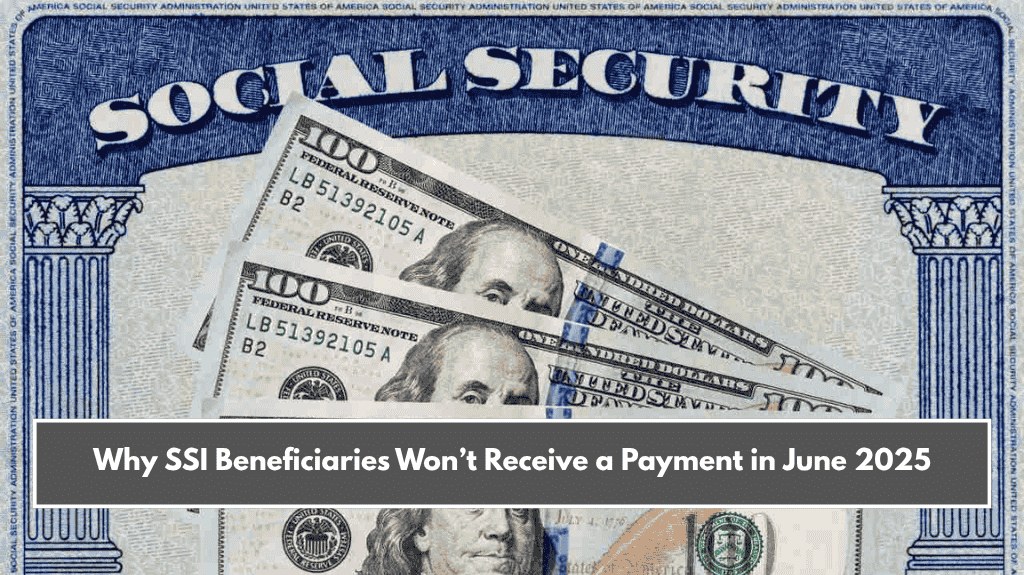Social Security Disability Insurance (SSDI) is a U.S. government program run by the Social Security Administration (SSA). It helps people who have paid Social Security taxes while working but can no longer work because of a serious disability. SSDI gives monthly cash benefits and Medicare after certain waiting times. It is different from Supplemental Security Income (SSI), which doesn’t depend on work history. SSDI only helps people with medically confirmed disabilities that stop them from working.
SSDI Payment Dates in June 2025
In June 2025, SSDI payments will be made on different dates based on a person’s birth date or other rules:
On Tuesday, June 3, 2025, payments will go out to specific groups. This includes people living outside the U.S., those who get both SSI and SSDI, and people whose state pays their Medicare premiums.
For people born between the 1st and 10th of any month, payments will be on Wednesday, June 11, 2025.
Those born between the 11th and 20th will get their payments on Wednesday, June 18, 2025.
Lastly, people born after the 20th of the month will receive their payment on Wednesday, June 25, 2025.

SSDI Benefit Amounts in 2025
The amount of SSDI benefits depends on how much the person earned and paid into Social Security before becoming disabled.
In 2025, the highest monthly SSDI payment is $4,018. This is for workers who had a high income before their disability and who meet all SSA rules.
On average, people without dependents receive about $1,580 per month. If they have dependents, the average goes up to $2,826 per month. These amounts are based on past income.
How Many Work Credits Do You Need for SSDI?
To qualify for SSDI, a person needs to have earned enough “work credits” by paying Social Security taxes. The number of credits needed depends on the person’s age when they became disabled.
If the disability starts between ages 21 and 24, the person needs 18 credits, which equals about 1.5 years of work.
Between ages 24 and 31, they need 42 credits, or about 3.5 years of work.
For people over 31, 60 credits (or 5 years of work) earned in the 10 years before the disability began are required.
The disability must be medically proven and expected to last at least 12 months or result in death. It can be physical, mental, or both.
SSDI is a vital program that supports people who can no longer work due to serious health problems. The June 2025 payment dates are set to help beneficiaries get their money on time. Understanding the payment schedule, benefit amounts, and eligibility rules helps people plan better and know what to expect.















